Cuando la Fórmula 1 visita circuitos nuevos siempre se generan muchas expectativas y curiosidad en torno a la dinámica del nuevo trazado. Esta vez, la máxima categoría visita un nuevo autódromo, ubicado en la ciudad de Miami, al sur-este de Estados Unidos. De esta manera, el Autódromo Internacional de Miami se convierte en la segunda sede de un Gran Premio de Fórmula 1 en el estado de Florida después de Sebring, circuito utilizado en el año 1959.
En este video en la plataforma 3Speak analizaremos el trazado de Miami, tratando de preveer lo que nos puede traer este nuevo Gran Premio, y lo que caracteriza a este trazado en comparación a otros circuitos del calendario.
¡Quédate si quieres saber más de la Fórmula 1!
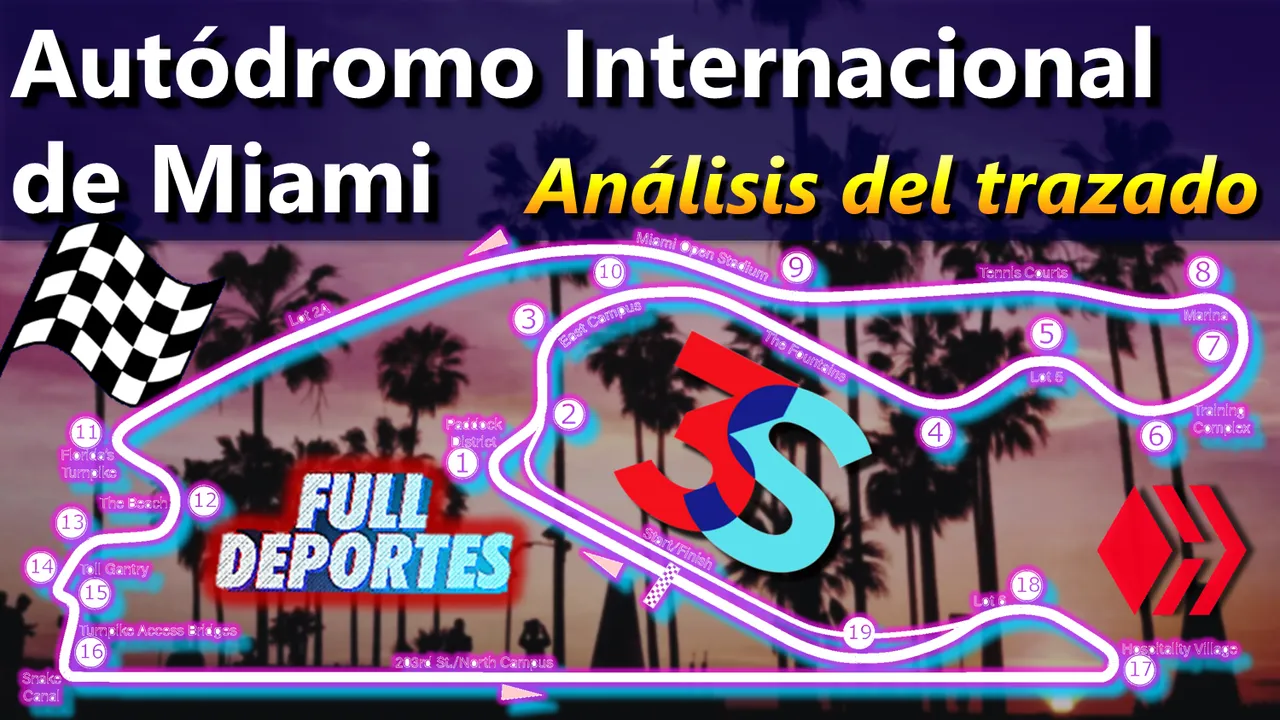
Algunos datos técnicos
Tal como podemos apreciar en la imagen de más abajo, este circuito posee 5,412 Kilómetros de longitud. Posee 19 curvas, lo cual nos contabiliza un número de 3,5 curvas por Kilómetro. Es decir, se trazan 3,5 curvas, en promedio, por cada Kilómetro recorrido. Si contrastamos este número con otros circuitos encontramos cierta similitud con Austin, Interlagos o Barcelona-Catalunya.
Te recomiendo visitar esta publicación si quieres saber más del número de curvas por Kilómetro de todos los circuitos.

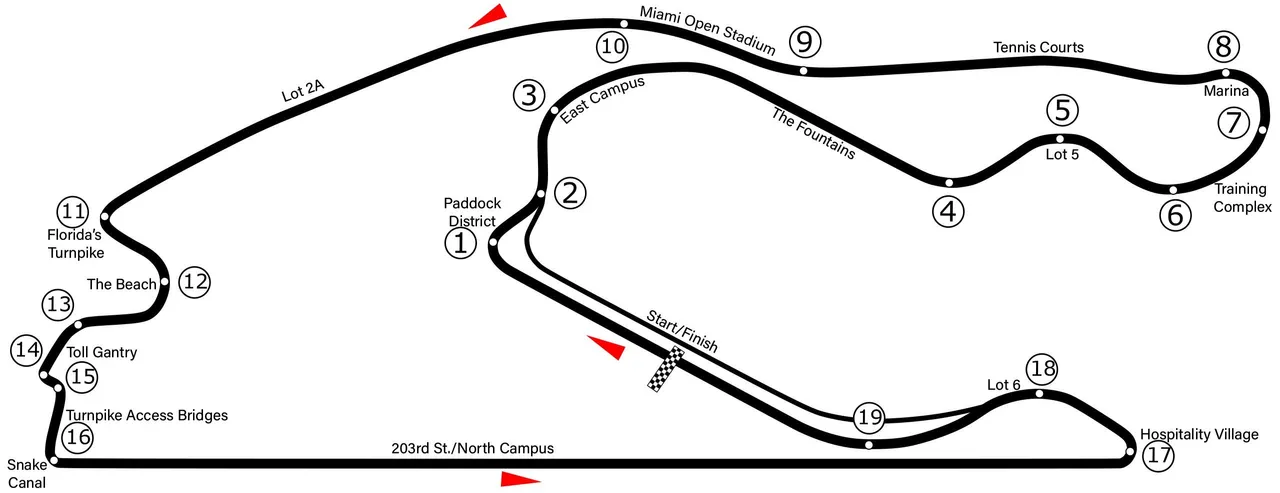
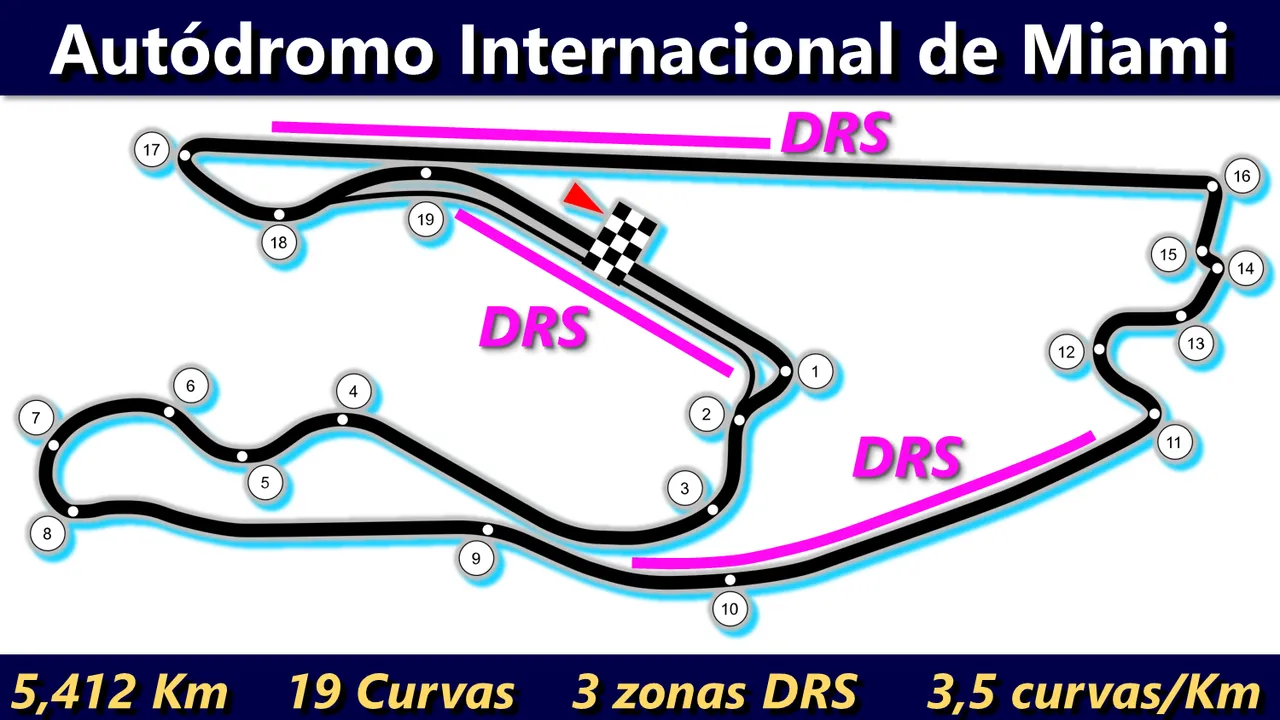
El Autódromo Internacional de Miami posee además 3 zonas de DRS, lo cual será un aspecto muy importante tanto en carrera como en clasificación. Es también un factor que incrementará en cierta medida la cantidad de adelantamientos en las 3 rectas más importantes que tiene este circuito.
Este circuito fue construido en los terrenos adyacentes al Hard Rock Stadium de la ciudad de Miami, sede de los Miami Dolphin de la NFL. También fue sede de los Marlins de Florida de la MLB hasta 2011. El propietario del Estadio y de los terrenos, Stephen Ross, había intentado traer la Fórmula 1 a estos espacios desde hace algunos años, lográndolo finalmente para 2022.
Se trata de un autódromo, puesto que ha sido construido únicamente para carreras de autos, y no utiliza ninguna vía pública de la ciudad de Miami. A primera vista puede parecer que se trata de un circuito urbano-callejero, pero en realidad es más parecido a Interlagos que a Baku o Marina Bay. Se encuentra totalmente dentro de los terrenos de un recinto deportivo, sin tomar parte de las vías públicas de la ciudad. Todas sus instalaciones y barreras de seguridad son instaladas previo al Gran Premio, y removidas posteriormente para volver a hacerse uso normal del Hard Rock Stadium.
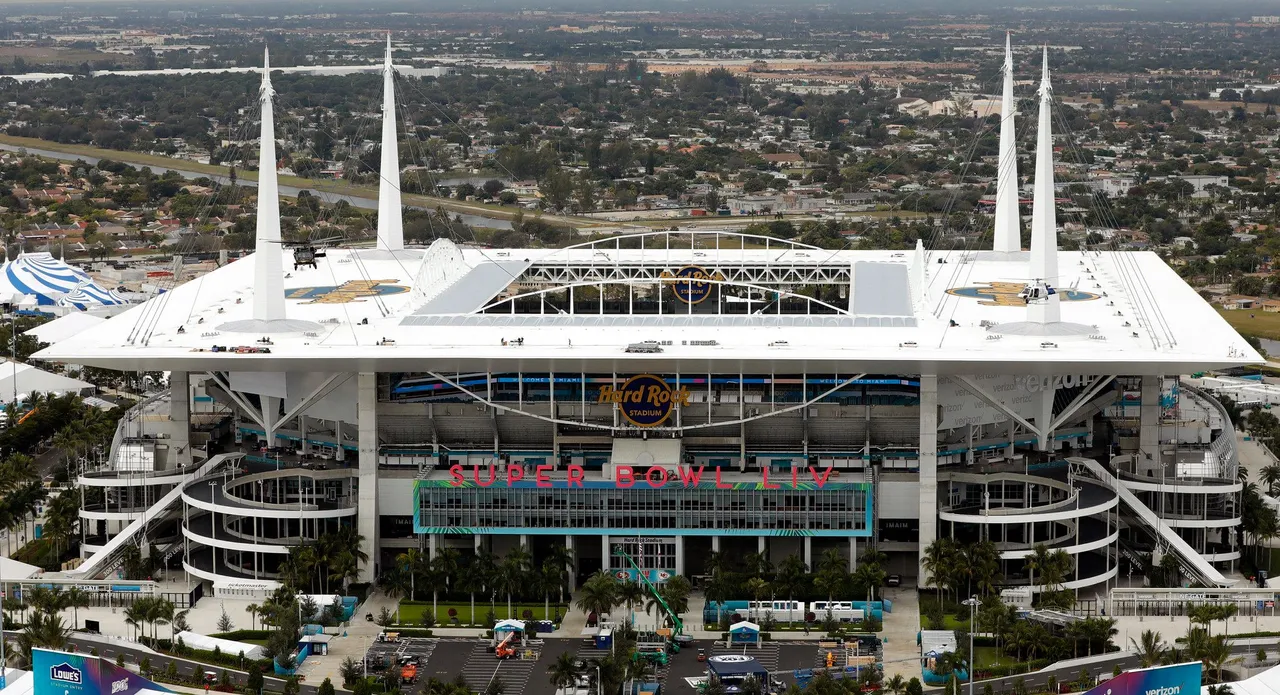

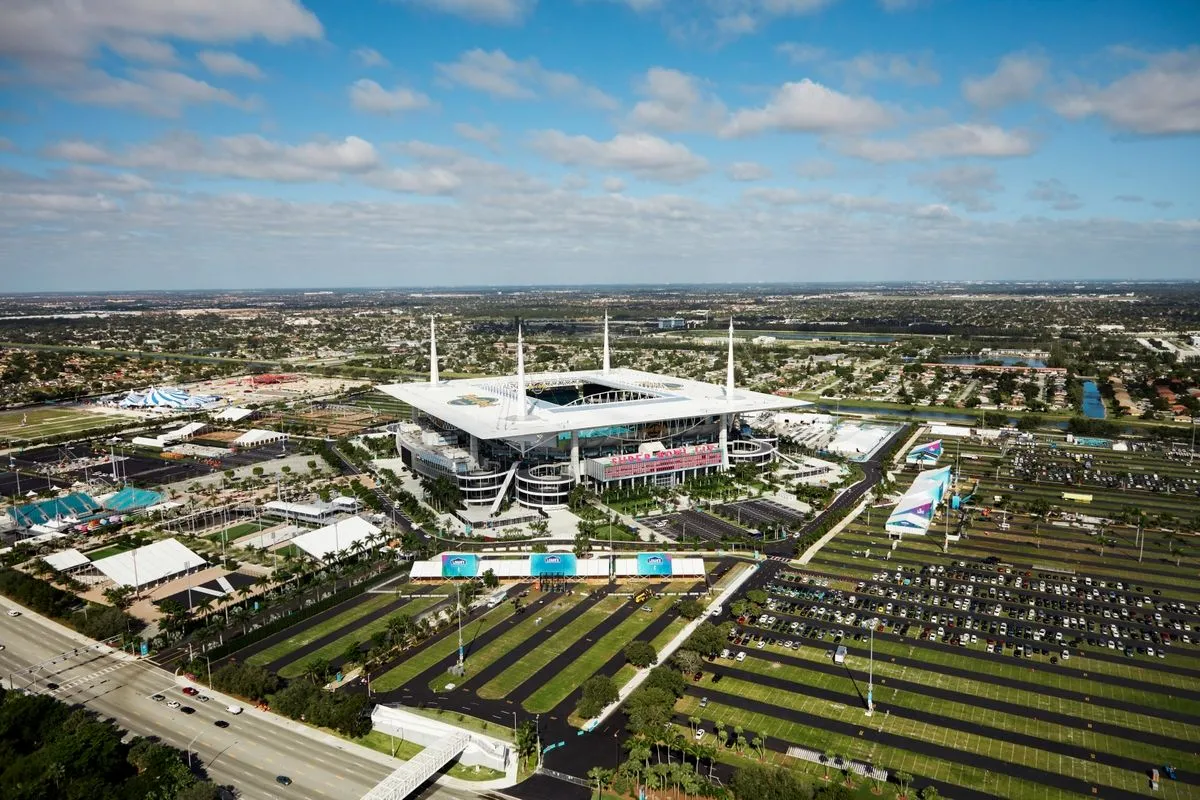
Este circuito debió adaptarse a los espacios disponibles. Se dice que se probaron hasta 36 diseños en simulación, y hasta 75 fueron considerados. Los fanáticos de la Fórmula 1 simplemente esperamos que toda la tecnología utilizada para realizar estas simulaciones nos haya dado una pista capaz de brindar mucho espectáculo y, especialmente, adaptarse muy bien a los autos actuales.
Sin embargo, más allá de cualquier impresión inicial que se tenga previo a la primera carrera, este trazado, desde mi perspectiva, parece tener los elementos como para poder brindar carreras con al menos un mínimo nivel de espectáculo. Esto lo analizaremos en el video que acompaña a esta publicación.
En este video analizaremos los siguientes aspectos:
•Número de curvas por Kilómetro (con y sin tomar en cuenta curvas donde no se frena...)
•Paralelismos o similitudes con otros circuitos.
•Análisis del trazado de Miami. Posibles puntos de adelantamiento, zonas posiblemente favorables a Red Bull o a Ferrari, etc.

Este nuevo autódromo será muy interesante, ya que presenta características similares con algunos otros circuitos del calendario. Al igual que el Circuito de las Américas (Austin), presenta zonas muy variadas, desde muy rápidas o fluidas a muy trabadas o lentas. Pero de manera general podría decirse que no es tan trabado o lento como muchos de los circuitos urbanos o callejeros. Será muy interesante lo que podramos ver en esta carrera.
🏁¡Gracias por visitar @acontmotor! Comparte este video en tus redes sociales si te ha parecido interesante para ayudar a difundirlo, y deja tu comentario si eres fanático de la Fórmula 1🏁🏆

When Formula 1 visits new circuits, there are always many expectations and curiosity about the dynamics of the new track. This time, the Formula 1 will visit a new racetrack, located in the city of Miami, in the southeastern part of the United States. Thus, the Miami International Raceway becomes the second Formula 1 Grand Prix venue in the state of Florida after Sebring, a circuit used in 1959.
In this video on the 3Speak platform we will analyze the Miami track, trying to anticipate what this new Grand Prix can bring us, and what characterizes this track compared to other circuits on the calendar.
Stay tuned if you want to know more about Formula 1!

Some technical data
As we can see in the image below, this circuit is 5.412 kilometers long. It has 19 curves, which gives us a number of 3.5 curves per kilometer. That is to say, 3.5 curves are traced, on average, for each kilometer traveled. If we contrast this number with other circuits we find some similarity with Austin, Interlagos or Barcelona-Catalunya.
I recommend you to visit this publication if you want to know more about the number of turns per kilometer of all circuits.



Miami International Raceway also has 3 DRS zones, which will be a very important aspect both in the race and in qualifying. It is also a factor that will increase to some extent the amount of overtaking in the 3 most important straights that this circuit has.
This circuit was built on the grounds adjacent to the Hard Rock Stadium in the city of Miami, home of the NFL's Miami Dolphins. It was also home to the Florida Marlins of the MLB until 2011. The owner of the stadium and grounds, Stephen Ross, had been trying to bring Formula 1 to these venues for some years, finally succeeding for 2022.
It is a racetrack, as it has been built solely for car racing, and does not use any public roads in the city of Miami. At first glance it may appear to be an urban-street circuit, but in reality it is more similar to Interlagos than to Baku or Marina Bay. It is located entirely within the grounds of a sports venue, without taking part of the city's public roads. All its facilities and safety barriers are installed prior to the Grand Prix, and removed afterwards to return to normal use of the Hard Rock Stadium.



This circuit had to be adapted to the available space. It is said that up to 36 designs were tested in simulation, and up to 75 were considered. Formula 1 fans simply hope that all the technology used to run these simulations has given us a track capable of providing a lot of spectacle and, especially, adapting very well to today's F1 cars.
However, beyond any initial impressions prior to the first race, this track, from my perspective, seems to have the elements to be able to provide races with at least a minimum level of spectacle. We will analyze this in the video that accompanies this publication.
In this video we will analyze the following aspects:
•Number of curves per Kilometer (with and without taking into account curves where you do not brake...).
•Parallelisms or similarities with other circuits.
•Analysis of the Miami layout. Possible overtaking points, areas possibly favorable to Red Bull or Ferrari, etc.

This new racetrack will be very interesting, as it has similar characteristics to some other circuits on the calendar. Like the Circuit of the Americas (Austin), it has very varied areas, from very fast or flowing to very tight or slow. But in general it could be said that it is not as tight or slow as many of the urban or street circuits. It will be very interesting to see what we can see in this race.
🏁Thanks for visiting @acontmotor! Share this video on your social networks if you found it interesting to help promote it, and leave a comment if you are a Formula 1 fan.🏁🏆
También te recomiendo visitar mi anterior publicación: Análisis del Autódromo Enzo e Dino Ferrari (Imola) — Italia
I also recommend you to visit my previous post: Analysis of the Autódromo Enzo e Dino Ferrari (Imola) — Italy

➜3Speak video (Imola)
https://twitter.com/swc_io/status/1513365407465459713?s=20&t=i--nJ7Wl8jeGoMU9_f0aYQ
- swc_io
FuentesSources:
Fuente de imágenes satelitales en el video: Google Maps
Directrices para el uso de imágenes de Google Maps en videos online.
Música 1: Time for Machine (Gvidon) - Pixabay
Música 2: Fun Nature Summer Upbeat Energetic Motivational Synth Music (REDproductions) - Pixabay
FIRST LOOK: New Miami Street Circuit! | Miami Grand Prix - YouTube (FORMULA 1)
Translated to English language with the help of DeepL.com
 |
 |
Otras redes sociales:
 |
 |
 |
| ¡Gracias por visitar! — Deja tu comentario 🚥🏆  |
▶️ 3Speak

